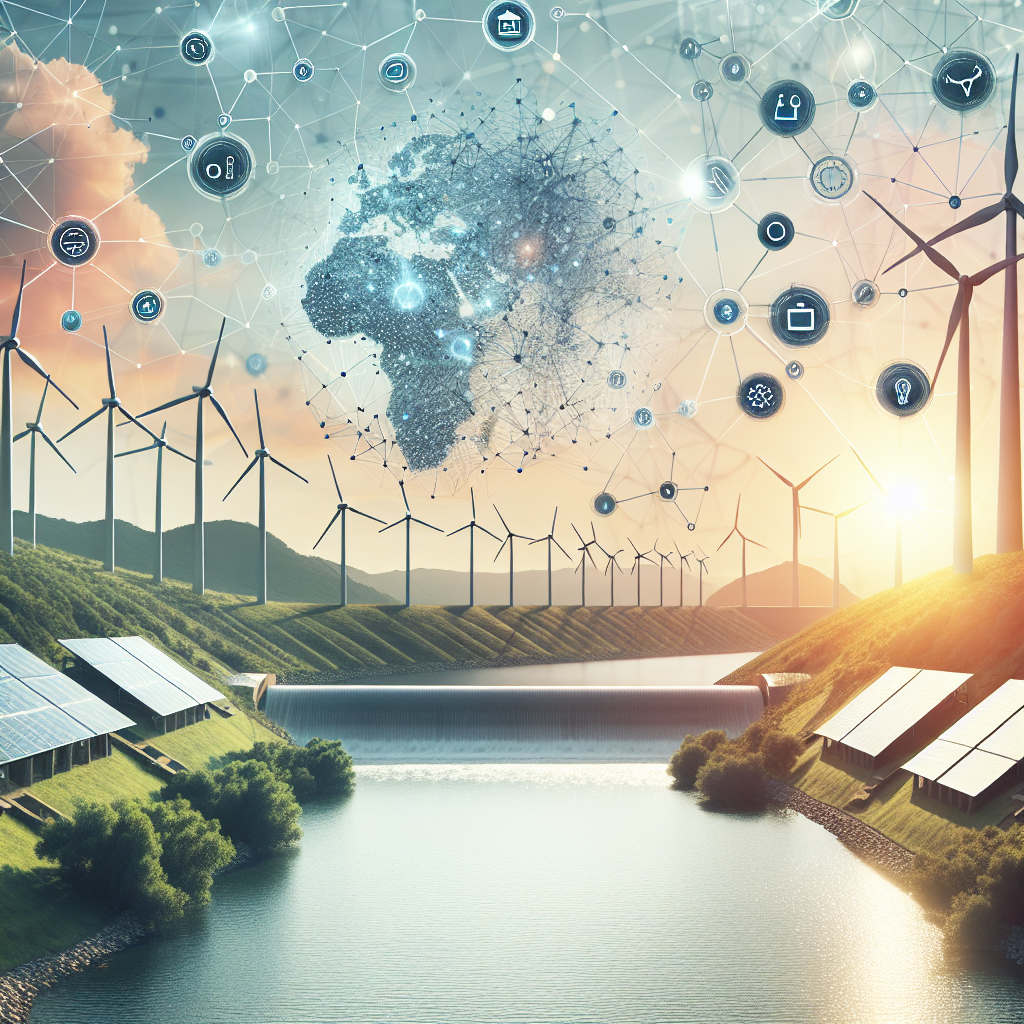Artificial intelligence (AI) tools have revolutionized many industries, and the renewable energy sector is no exception. With the increasing demand for clean and sustainable energy sources, AI tools are being used to analyze and optimize renewable energy systems to maximize efficiency and reduce costs. From predicting energy production to optimizing maintenance schedules, AI is playing a crucial role in the transition to a greener future.
AI tools for renewable energy analysis and optimization utilize machine learning algorithms to process vast amounts of data and identify patterns that can improve the performance of renewable energy systems. These tools can be used in various applications, such as solar, wind, hydro, and geothermal energy systems. By leveraging AI technology, renewable energy companies can enhance their operations, increase energy production, and reduce downtime.
One of the key benefits of using AI tools for renewable energy analysis and optimization is the ability to predict energy production with greater accuracy. By analyzing historical data, weather patterns, and other relevant factors, AI algorithms can forecast energy output from renewable sources such as solar panels and wind turbines. This predictive capability allows energy companies to better plan their operations and optimize their energy production.
Another advantage of AI tools for renewable energy analysis and optimization is the ability to optimize maintenance schedules. By analyzing data from sensors and monitoring equipment, AI algorithms can predict when equipment is likely to fail and schedule maintenance before costly breakdowns occur. This proactive approach to maintenance can help renewable energy companies reduce downtime and increase the lifespan of their equipment.
AI tools can also be used to optimize the design and placement of renewable energy systems. By analyzing data on factors such as sunlight exposure, wind patterns, and topography, AI algorithms can suggest the most efficient locations for solar panels, wind turbines, and other renewable energy infrastructure. This optimization can help maximize energy production and reduce costs for renewable energy projects.
In addition to optimizing energy production, AI tools can also help renewable energy companies reduce their environmental impact. By analyzing data on energy consumption, emissions, and other factors, AI algorithms can identify opportunities to reduce energy waste and improve efficiency. This can lead to a more sustainable operation and a lower carbon footprint for renewable energy projects.
Overall, AI tools for renewable energy analysis and optimization offer a range of benefits for the renewable energy sector. By leveraging machine learning algorithms and big data analytics, energy companies can improve their operations, increase energy production, and reduce costs. With the growing demand for clean and sustainable energy sources, AI tools are becoming an essential tool for the transition to a greener future.
FAQs:
Q: How do AI tools predict energy production from renewable sources?
A: AI tools use machine learning algorithms to analyze historical data, weather patterns, and other relevant factors to forecast energy output from renewable sources such as solar panels and wind turbines.
Q: How can AI tools optimize maintenance schedules for renewable energy systems?
A: AI algorithms analyze data from sensors and monitoring equipment to predict when equipment is likely to fail and schedule maintenance before costly breakdowns occur.
Q: How do AI tools optimize the design and placement of renewable energy systems?
A: By analyzing data on factors such as sunlight exposure, wind patterns, and topography, AI algorithms can suggest the most efficient locations for solar panels, wind turbines, and other renewable energy infrastructure.
Q: What are the environmental benefits of using AI tools for renewable energy analysis and optimization?
A: AI tools can help renewable energy companies reduce their environmental impact by identifying opportunities to reduce energy waste, improve efficiency, and lower carbon emissions.

